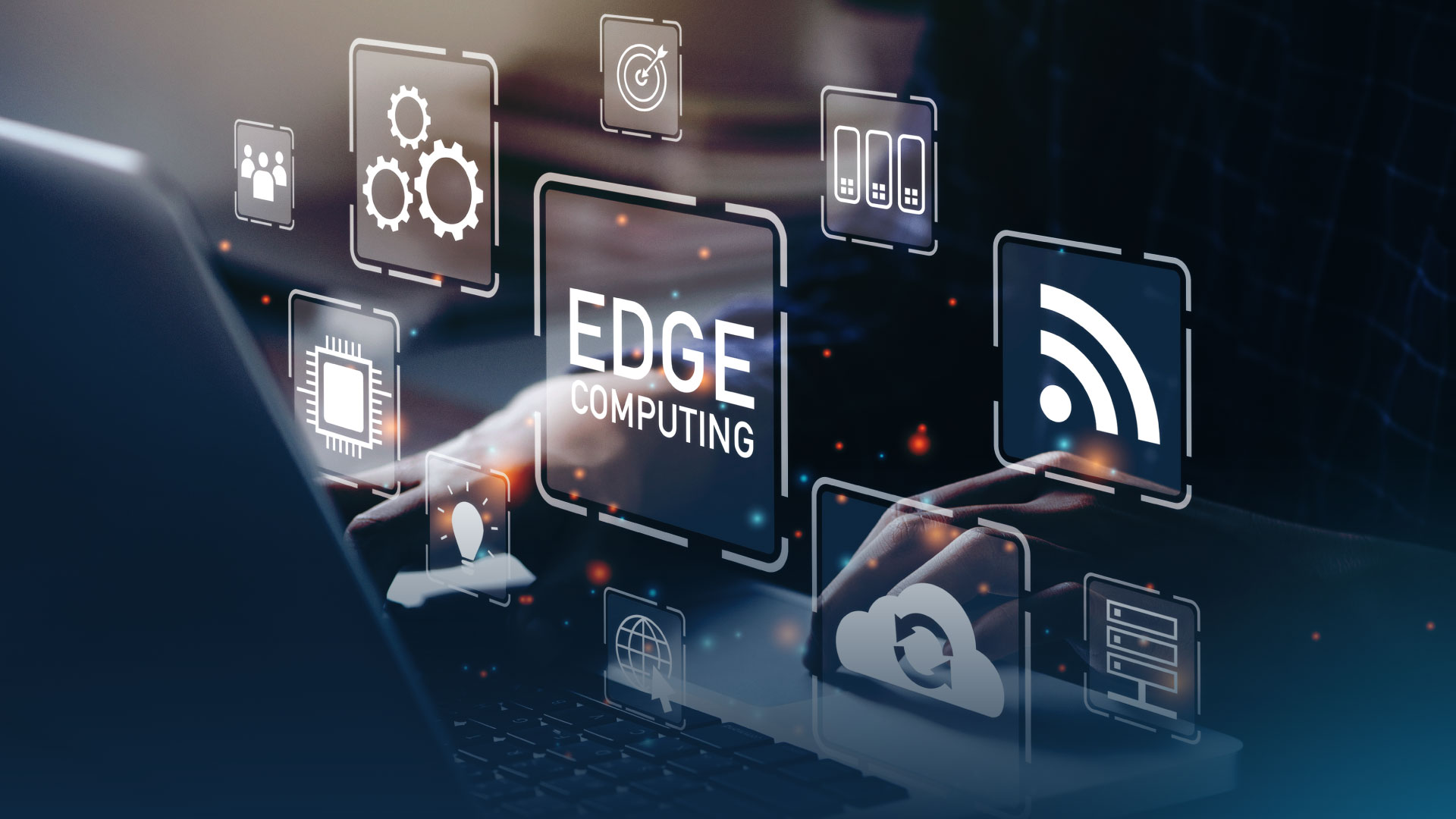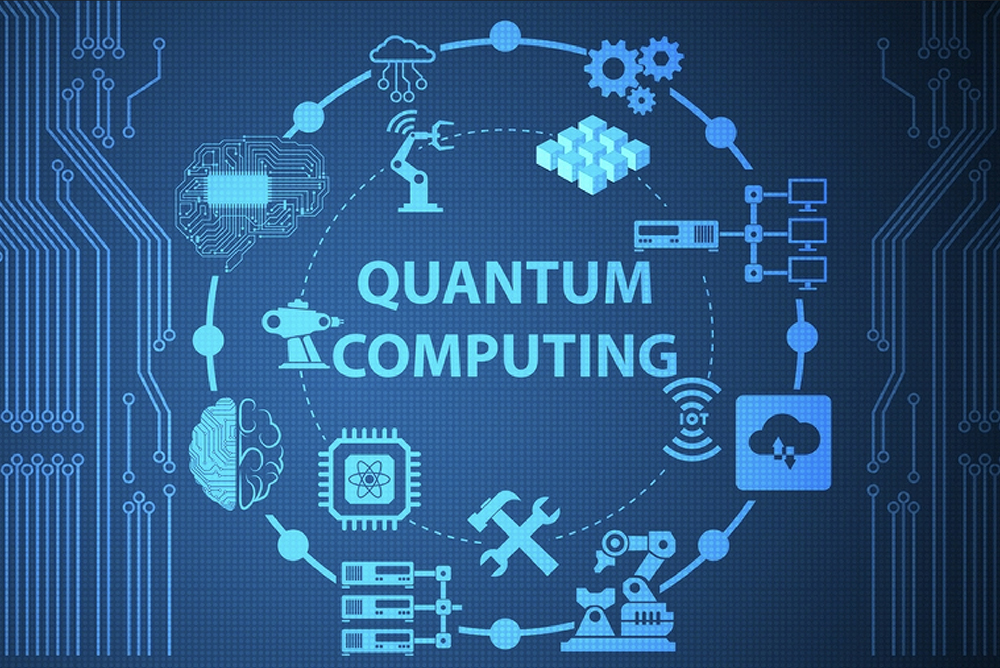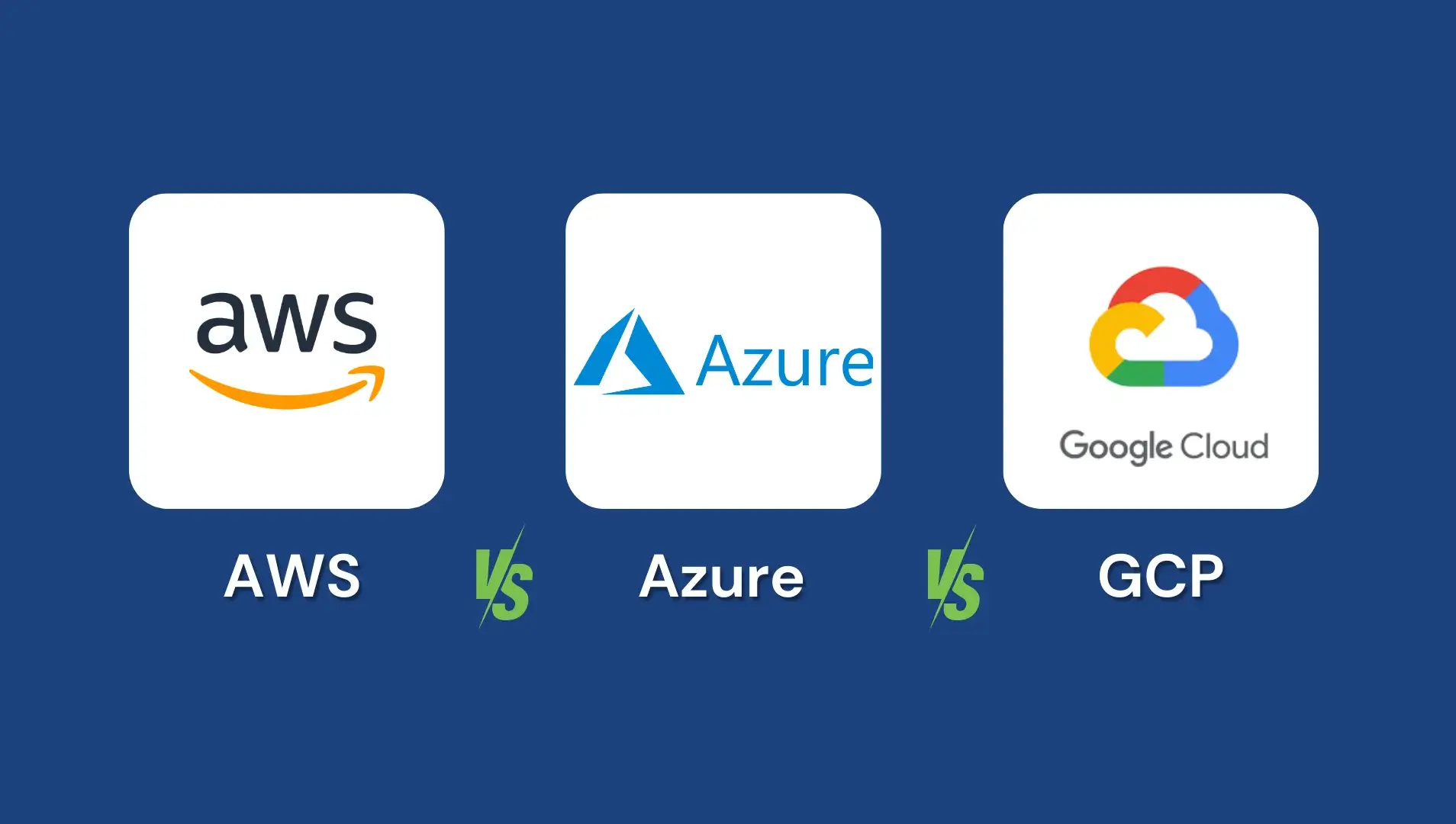Remember the last time you were streaming your favorite show and it kept buffering? Or when you tried to use a voice assistant and it took forever to respond? These everyday frustrations are exactly why edge computing is becoming such a big deal.
So, What Exactly Is Edge Computing?
Think of edge computing like having a mini convenience store in your neighborhood instead of driving to a massive supermarket across town every time you need milk. Instead of sending all your data to distant cloud servers (the supermarket), edge computing processes information closer to where it’s actually needed (your neighborhood store).
In technical terms, edge computing brings computation and data storage closer to the sources of data. Rather than relying on a centralized cloud that might be thousands of miles away, edge computing uses local servers, IoT devices, and even smartphones to handle processing tasks right where the action is happening.
The Journey from Cloud to Edge
We’ve been through quite a journey with computing. First, we had massive mainframe computers that everyone shared. Then personal computers put power on every desk. The cloud revolution moved everything back to centralized servers, promising unlimited storage and processing power. Now, we’re swinging back toward distributed computing, but with a twist – we’re smarter about where we process different types of data.
Why Edge Computing Matters More Than Ever
Speed That Actually Matters
When you’re video chatting with your family or playing an online game, every millisecond counts. The time it takes for data to travel to a distant server and back (called latency) can make the difference between a smooth experience and a frustrating one. Edge computing can reduce this delay from hundreds of milliseconds to just a few, making real-time applications actually feel real-time.
Your Privacy Shield
Here’s something that might surprise you: edge computing can actually protect your privacy better than traditional cloud computing. Instead of sending all your personal data to distant servers, much of it can be processed locally on your device or nearby edge servers. Your smart home devices, for instance, can analyze your patterns and preferences without beaming every detail to the cloud.
Reliability When You Need It Most
What happens when your internet connection drops? With traditional cloud computing, you’re often out of luck. Edge computing creates a safety net by keeping essential services running locally. Your smart factory doesn’t shut down, your autonomous vehicle doesn’t stop working, and your medical devices keep monitoring your health.
Real-World Magic Happening Right Now
Smart Cities Getting Smarter
Cities are using edge computing to manage traffic lights in real-time, reducing congestion and emissions. Instead of sending traffic data to a central cloud, local edge devices analyze patterns and adjust signals on the spot. Some cities have cut travel times by 25% using this approach.
Healthcare That Saves Lives
In hospitals, edge computing is enabling instant analysis of medical images and patient data. When someone is having a stroke, every second matters. Edge-powered systems can analyze brain scans and alert doctors immediately, potentially saving lives and reducing permanent damage.
Shopping That Knows You
Ever walked into a store and wondered how they knew exactly what you wanted? Edge computing in retail analyzes customer behavior in real-time, adjusting inventory, pricing, and even store layouts based on immediate patterns rather than waiting for overnight batch processing.
Manufacturing Without Downtime
Modern factories use edge computing to predict equipment failures before they happen. Sensors on machinery send data to local edge servers that can detect unusual patterns and trigger maintenance alerts, preventing costly breakdowns and production delays.
The Challenges We’re Still Solving
Edge computing isn’t all sunshine and rainbows. Managing thousands of distributed edge devices is like herding cats – it’s complex and sometimes chaotic. Security becomes trickier when you have so many potential entry points. And let’s be honest, the technology is still evolving, which means standards and best practices are still being figured out.
There’s also the question of cost. While edge computing can reduce bandwidth costs, setting up and maintaining all those edge devices requires significant upfront investment. It’s like choosing between paying for gas to drive to that distant supermarket or building a convenience store in your neighborhood – both have their costs.
Looking Ahead: The Future is Distributed
We’re heading toward a world where computing happens everywhere – in your car, your watch, your refrigerator, and even in the streetlights. 5G networks are making this possible by providing the fast, reliable connections that edge devices need to work together seamlessly.
The next few years will likely bring us even more integrated edge computing experiences. Imagine your car communicating with traffic systems, your home adjusting to your schedule automatically, and your health devices working together to keep you healthy – all without sending your personal data across the globe.
Why This Matters to You
Even if you’re not a tech professional, edge computing is already improving your daily life and will continue to do so. Faster app responses, better privacy protection, more reliable services, and smarter everything – from your home to your city.
The shift to edge computing represents something bigger than just a new technology trend. It’s about creating a more responsive, private, and resilient digital world. As we become more connected, edge computing ensures that this connectivity enhances rather than complicates our lives.
The future isn’t just about having more computing power – it’s about having that power exactly where and when we need it. And that’s what makes edge computing not just interesting, but essential for the world we’re building together.
What aspects of edge computing are you most excited about? Have you noticed any of these improvements in your daily tech use? The conversation about our digital future is just getting started.

With over 6 years of experience in the blogging world, I specialize in crafting engaging, informative, and SEO-optimized content across various niches including tech, digital trends, and online monetization. I thrive on staying ahead of industry trends, experimenting with new content strategies, and helping others grow their digital presence.


